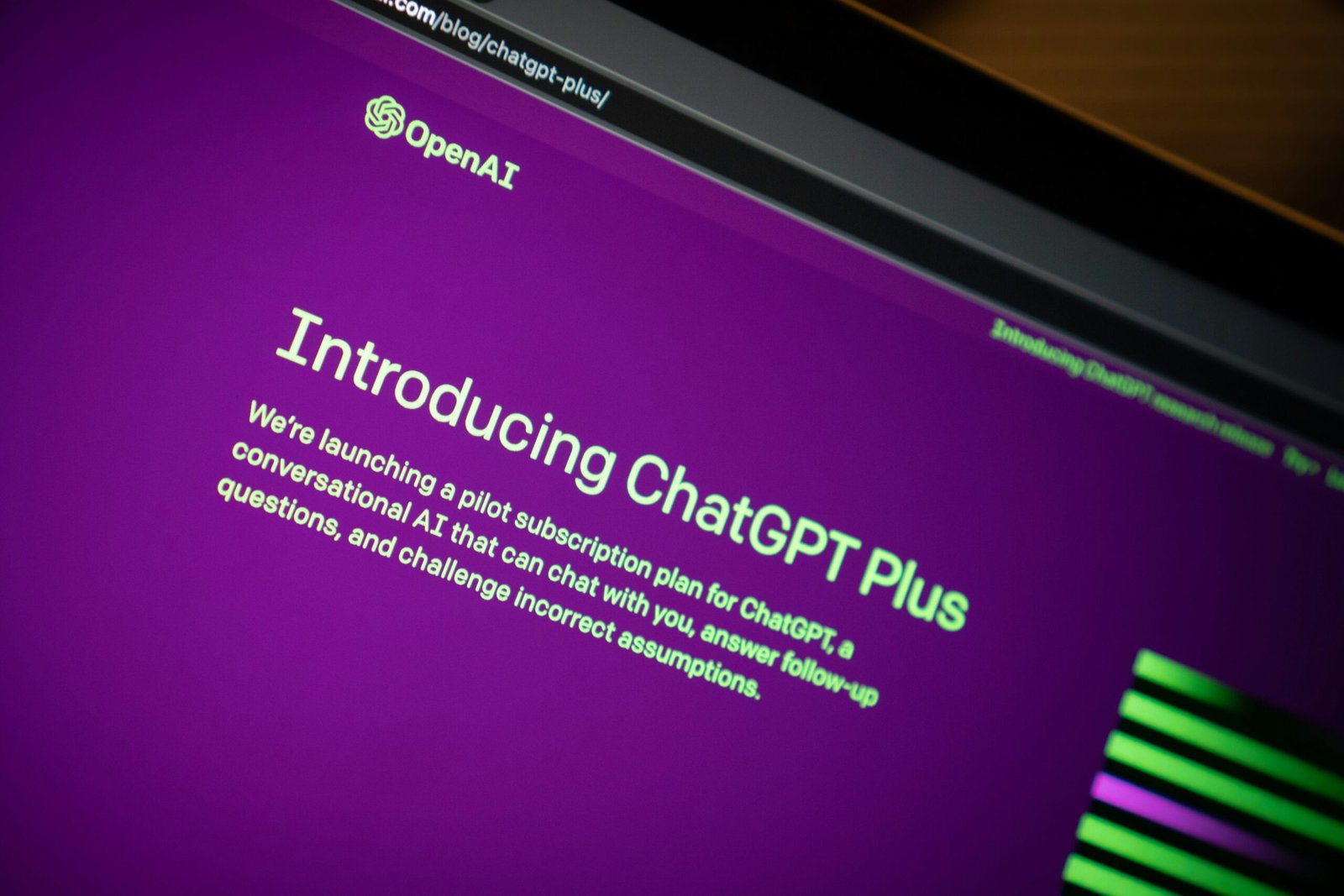Precision Prompt Design: The Keystone Skill to Master AI Outputs (Frameworks, Examples, Templates)
If you’ve ever asked an AI for something simple and gotten something strange, you’re not alone. The difference between “good enough” and “spot on” answers rarely comes down to model size; it comes down to the structure and clarity of your prompt. Think of it like hiring a contractor: if your brief is vague, your kitchen remodel will be too.
Here’s the good news: precision isn’t about memorizing tricks—it’s a doctrine. With the right structure, language, and logic, you can design prompts that consistently produce what you intended, in the format you need, at the quality you expect. Whether you write, build products, teach, or lead strategy, mastering this one skill pays compounding dividends across everything else you do with AI.
What Is Precision Prompt Design—and Why It Beats “Clever Tricks”
Precision Prompt Design is the practice of making your intent legible to an AI system. It focuses on how you define roles, goals, inputs, constraints, reasoning methods, and output formats. In other words, you translate your mental model into a machine-readable plan.
Here’s why that matters: modern models are generalists. They can do a lot, but they need grounded direction. Precision prompts remove guesswork by limiting ambiguity and guiding the model to verify its own work. Done well, they make results predictable.
Key pillars of the doctrine: – Clear objective: Specify the exact job to be done and the user’s success criteria. – Controlled scope: State what to include—and what to ignore. – Structured outputs: Use schemas or checklists to eliminate “format drift.” – Verifiable steps: Ask for reasoning artifacts that you can test or measure. – Modularity: Create reusable blocks instead of one-off prompts.
For an overview of how top labs frame prompting, see the guides from OpenAI and Anthropic.
Want to try it yourself—Check it on Amazon.
The Architecture of a High-Precision Prompt
Think like a systems designer. A strong prompt has parts that work together to reduce uncertainty and enforce quality.
- Role and audience
- Assign a role (e.g., “You are a senior technical editor”) and define the audience (e.g., “writing for non-technical executives”).
- Why it matters: roles set tone and depth; audience calibrates jargon and examples.
- Objective and success criteria
- State the job: “Produce a 600-word executive brief.”
- Specify what makes it “good”: “Must include a one-sentence thesis, three bullet insights, and a risk section.”
- Context and constraints
- Provide the necessary background to avoid hallucinations.
- Add boundaries: “Cite only from the supplied notes; no external claims.”
- Input and data handling rules
- Clarify where the data comes from and how to treat it (e.g., “Treat code snippets as authoritative.”).
- Reasoning method
- Define the approach: “First outline options, then compare trade-offs, then recommend.”
- Tip: Reasoning scaffolds reduce flailing and improve interpretability.
- Output format and schema
- Lock the shape of the output: “Return JSON with keys: thesis, insights[], risks[], next_steps[].”
- Bonus: Valid schemas unlock automation across downstream tools; see JSON Schema.
- Evaluation and revision loop
- Ask the model to check itself: “Evaluate against the criteria; if any are missing, revise once.”
This template may feel formal, but it prevents the top failure modes: vague goals, missing context, drifting outputs, and no definition of “done.”
Ready to upgrade your prompt game today? Buy on Amazon.
Frameworks and Modularity: Build Once, Reuse Everywhere
A modular prompt is like a Lego kit: swap parts in and out without rebuilding from scratch. You’ll save time, reduce errors, and scale best practices across teams.
Reusable modules to keep in your toolkit: – Role packs: Short role descriptions with tone and audience presets. – Objective blocks: Templates for briefs, specs, analyses, or summaries. – Reasoning scaffolds: Option trees, pro/con matrices, or decision rubrics. – Output schemas: JSON or markdown frameworks you can validate programmatically. – Quality gates: Checklists and self-tests before the model finalizes an answer.
Example: A Content Brief Framework – Role: “You are a senior content strategist and SEO editor.” – Objective: “Create a brief for a 1200-word blog post on X.” – Required components: thesis, audience, search intent, H2/H3 outline, FAQ, internal link ideas, external link criteria, tone/style notes. – Constraints: “No keyword stuffing; prioritize readability.” – Output format: “Return markdown with specified sections.”
Swap in the topic, audience, and search intent, and you have a brief generator that works across niches.
Debugging Prompts Like an Engineer
When results miss the mark, resist the urge to throw everything at the model. Debug with discipline.
- Reproduce the issue: Save the failing prompt and output.
- Isolate variables: Change one element at a time—role, objective, or format—not all three.
- Strengthen constraints: Replace fuzzy words (“clear,” “engaging”) with measurable criteria (“Flesch 60–70,” “avg. sentence < 18 words”).
- Add tests: Ask the model to run a checklist or to flag where it deviated from instructions.
- Compare variants: Run A/B prompts on the same input; keep a variant log.
- Use evaluation snippets: “Before finalizing, score against criteria 1–5; only ship if all scores ≥4.”
This mirrors standard QA practice and prevents “prompt drift.” For broader AI quality principles, see the NIST AI Risk Management Framework.
Prefer a hands-on reference you can revisit? View on Amazon.
From Single Prompts to Systems: Chains, Tools, and Schemas
Most real work benefits from multiple steps. Start with a chain:
1) Understand the task: Extract the goal, constraints, and success criteria from a user brief.
2) Plan the approach: List steps, risks, and dependencies.
3) Execute: Produce the draft or analysis following the plan.
4) Verify: Run the output through a checklist or schema validator.
5) Revise: Fix gaps; finalize.
Where tools help: – Routing: Use a classifier prompt to send tasks to the right template (e.g., “Is this a summary, a brief, or an analysis?”). – Function calling / structured outputs: Return data in JSON to trigger downstream automation (parsers, dashboards). Many providers support this; see patterns in the OpenAI docs and the Google PAIR Guidebook. – Grounding: Provide authoritative references and instruct the model to cite only from them.
The mindset shift: Think of prompts as components in a workflow, not magic incantations. When each step is testable, your system stays reliable even as the model evolves.
Product Buying Guide: How to Choose a Prompt Design Resource That Actually Helps
Not all “prompting” content is created equal. If you’re investing in a book or course, look for these non-negotiables:
- Doctrine over hacks: Clear principles you can transfer across models and use cases.
- Full-stack structure: Role, objective, constraints, context, reasoning, format, evaluation—all covered.
- Real-world examples: Marketing briefs, data analysis, product specs, lesson plans, QA workflows.
- Debugging methods: Variant testing, ablation, failure analysis, and checklists.
- Reusable templates: Modular frameworks and schemas, not just one-off prompts.
- Cross-model adaptability: Guidance that works on different providers and contexts.
- Ethics and guardrails: Guidance on bias, reliability, and source grounding, with references to frameworks like NIST AI RMF.
If you’re comparing options, you can See price on Amazon.
What to skip: – Overpromises (“one prompt to rule them all”). – Content that leans on “secret keywords” without structure. – No guidance on evaluation or failure modes.
A solid resource should feel like a field manual: step-by-step, testable, and adaptable.
Role-Based Examples You Can Steal Today
Sometimes it’s easier to learn by example. Here are compact patterns you can plug into your workflows.
Writer/Editor – Role: “You are a senior editor crafting a blog post for busy product managers.” – Objective: “Create a 1200-word article that answers the intent ‘how to reduce onboarding friction.’” – Constraints: “Readability score ≥60; sentences ≤18 words; no hype.” – Reasoning: “Outline first, then write; end with a clear takeaway and next steps.” – Output: “Markdown with H2/H3s, bullets, and one statistic with a credible source.”
Developer/Engineer – Role: “You are a solutions architect.” – Objective: “Propose a minimal architecture for a prompt-chaining service with logging and evals.” – Constraints: “Focus on portability; no vendor lock-in; describe failure handling.” – Reasoning: “List components, risks, and alternatives; recommend a baseline.” – Output: “Return a structured plan with sections: overview, components, data flows, risks, next steps.”
Strategist/Operator – Role: “You are a strategy analyst.” – Objective: “Summarize three positioning options for a new AI feature.” – Constraints: “Use only the provided research notes; no external assumptions.” – Reasoning: “Create a pro/con matrix; suggest the ideal ICP per option.” – Output: “Table-like markdown plus a 100-word recommendation.”
Teacher/Trainer – Role: “You are an instructional designer.” – Objective: “Build a 45-minute lesson plan on evaluating AI outputs.” – Constraints: “Include an activity, rubric, and reflection prompt.” – Reasoning: “Sequence objectives, scaffold difficulty, add formative checks.” – Output: “Sectioned outline with time boxes.”
Ready to put these patterns on rails for your team? Shop on Amazon.
Common Prompting Mistakes (and What to Do Instead)
Here are the pitfalls I see most often—and how to fix them fast.
- Mistake: Asking for everything at once.
- Fix: Stage the task. Start with outline → draft → QA → final.
- Mistake: Fuzzy success criteria.
- Fix: Replace “good” with measurable targets (length, reading score, structure, tone).
- Mistake: Missing context.
- Fix: Supply the relevant inputs and cite the source boundaries.
- Mistake: No output schema.
- Fix: Define the shape. Even a light schema (sections, keys) eliminates drift.
- Mistake: Treating samples as rules.
- Fix: Use samples as inspiration; codify the pattern into a reusable framework.
- Mistake: Zero evaluation.
- Fix: Add a self-check loop and your own acceptance tests.
- Mistake: One giant prompt.
- Fix: Modularize. Break into roles, objectives, and steps that you can swap and debug.
A Mini Workshop: Build Your First Precision Prompt
Let’s turn doctrine into action. In 20 minutes, you can build a sturdy template you’ll reuse daily.
1) Clarify the job to be done – State the task in one sentence: “Draft a 700-word product update post for existing customers.”
2) Define “good” – Specify measurable criteria: “Must include three customer benefits, one metric, Flesch ≥60, and a CTA.”
3) Gather inputs – Collect notes, data points, and constraints: “Use these release notes; avoid roadmap details.”
4) Choose a reasoning scaffold – Pick your method: outline → write → QA with checklist.
5) Lock the format – Decide on markdown sections or a JSON-like structure with keys you’ll parse.
6) Add a self-check – “Before finalizing, verify each criterion; if any fail, revise once.”
7) Test and iterate – Run with two variants; compare; ablate one change at a time.
Prefer an out-of-the-box template library plus deeper guidance? Check it on Amazon.
Advanced Notes: Precision at Scale
As your prompts evolve into systems, add these layers:
- Versioning and changelogs
- Track prompt versions, changes, and outcomes. A simple naming convention saves hours later.
- Data governance and grounding
- Instruct the model to cite only from your knowledge base; log citations for audits. See the PAIR Guidebook for human-in-the-loop design patterns.
- Evaluation harnesses
- Build small test suites with expected outcomes. Even five test cases per prompt catch regressions.
- Team enablement
- Create a “prompt pattern” gallery with role packs, schemas, and quality gates. Reuse beats reinvention.
- Provider diversity
- Keep prompts portable. Document assumptions that depend on a specific model’s behavior.
- Safety and bias
- Incorporate checks for sensitive content and unfair framing. Align with frameworks such as NIST AI RMF.
Conclusion: The Skill That Compounds
Precision Prompt Design is the difference between hoping for good outputs and engineering them. When you define roles, objectives, constraints, reasoning, formats, and quality gates, you get results you can trust—and reuse. Start with one template, add a self-check, and iterate with intention. If this resonates, bookmark this playbook, share it with your team, and consider subscribing for more frameworks and templates that help you turn AI from a novelty into a reliable teammate.
FAQ: People Also Ask
What is prompt engineering vs. Precision Prompt Design?
Prompt engineering is the broader practice of crafting inputs for AI; Precision Prompt Design is a structured doctrine focused on reusable frameworks, measurable criteria, and testable outputs. It’s less about clever phrasing and more about building reliable systems.
Do longer prompts work better?
Not necessarily. Longer prompts can add noise. Clear objectives, tight constraints, and strong output schemas matter more than length. Brevity with structure usually wins.
How do I stop AI from making things up?
Ground it. Provide authoritative context and instruct the model to cite only from that context. Add a self-check step to flag claims without sources. When possible, use retrieval or tools that constrain the model to your data.
What’s the fastest way to improve my prompts today?
Add three elements: a checklist of success criteria, an explicit output format, and a self-evaluation step. Those three changes fix most quality issues.
Can I reuse prompts across different AI models?
Yes—if you design for portability. Avoid provider-specific quirks and document assumptions. Modular prompts (role + objective + format + quality gate) travel well between systems.
How do I evaluate prompt quality?
Define metrics tied to the task: readability, completeness, factual grounding, and adherence to format. Build a tiny test set and run A/B variants. Keep a prompt log to track what works.
Are external guides worth reading?
Absolutely. Many labs and researchers publish best practices and case studies. Useful starting points include the OpenAI prompt guide, Anthropic’s documentation, and the PAIR Guidebook.
Discover more at InnoVirtuoso.com
I would love some feedback on my writing so if you have any, please don’t hesitate to leave a comment around here or in any platforms that is convenient for you.
For more on tech and other topics, explore InnoVirtuoso.com anytime. Subscribe to my newsletter and join our growing community—we’ll create something magical together. I promise, it’ll never be boring!
Stay updated with the latest news—subscribe to our newsletter today!
Thank you all—wishing you an amazing day ahead!
Read more related Articles at InnoVirtuoso
- How to Completely Turn Off Google AI on Your Android Phone
- The Best AI Jokes of the Month: February Edition
- Introducing SpoofDPI: Bypassing Deep Packet Inspection
- Getting Started with shadps4: Your Guide to the PlayStation 4 Emulator
- Sophos Pricing in 2025: A Guide to Intercept X Endpoint Protection
- The Essential Requirements for Augmented Reality: A Comprehensive Guide
- Harvard: A Legacy of Achievements and a Path Towards the Future
- Unlocking the Secrets of Prompt Engineering: 5 Must-Read Books That Will Revolutionize You







